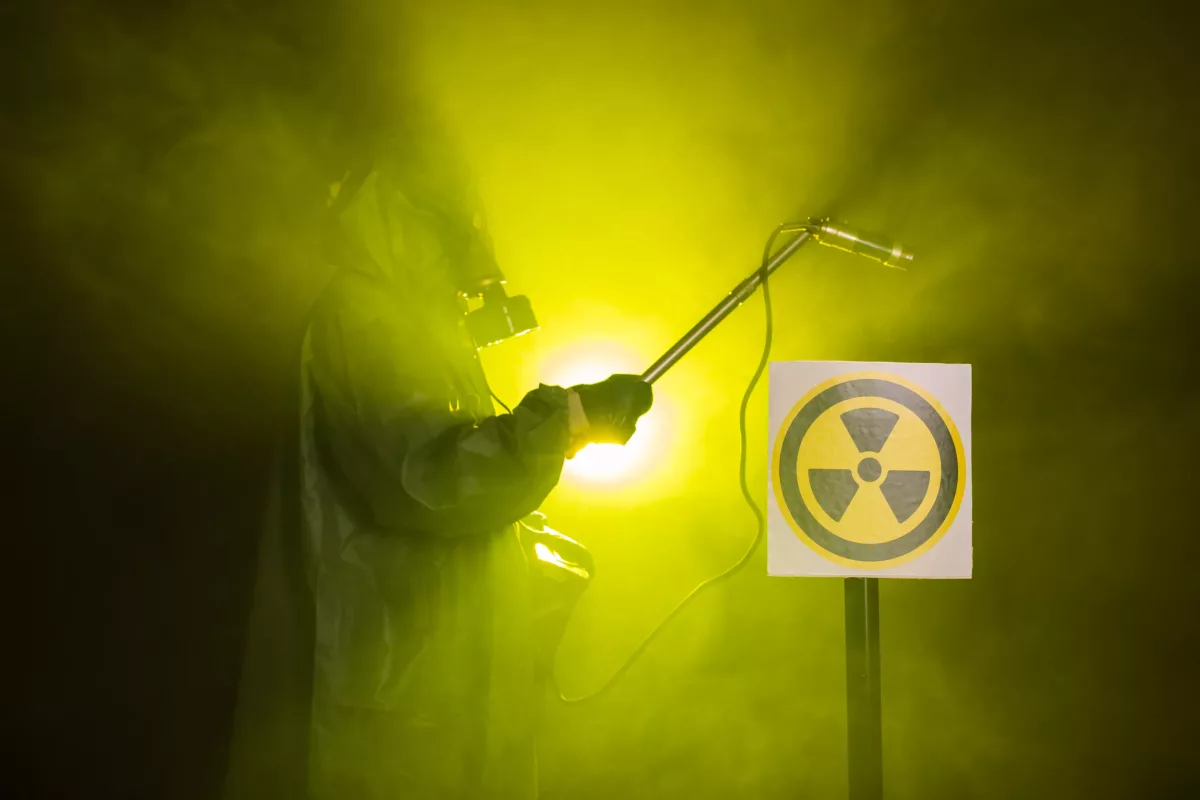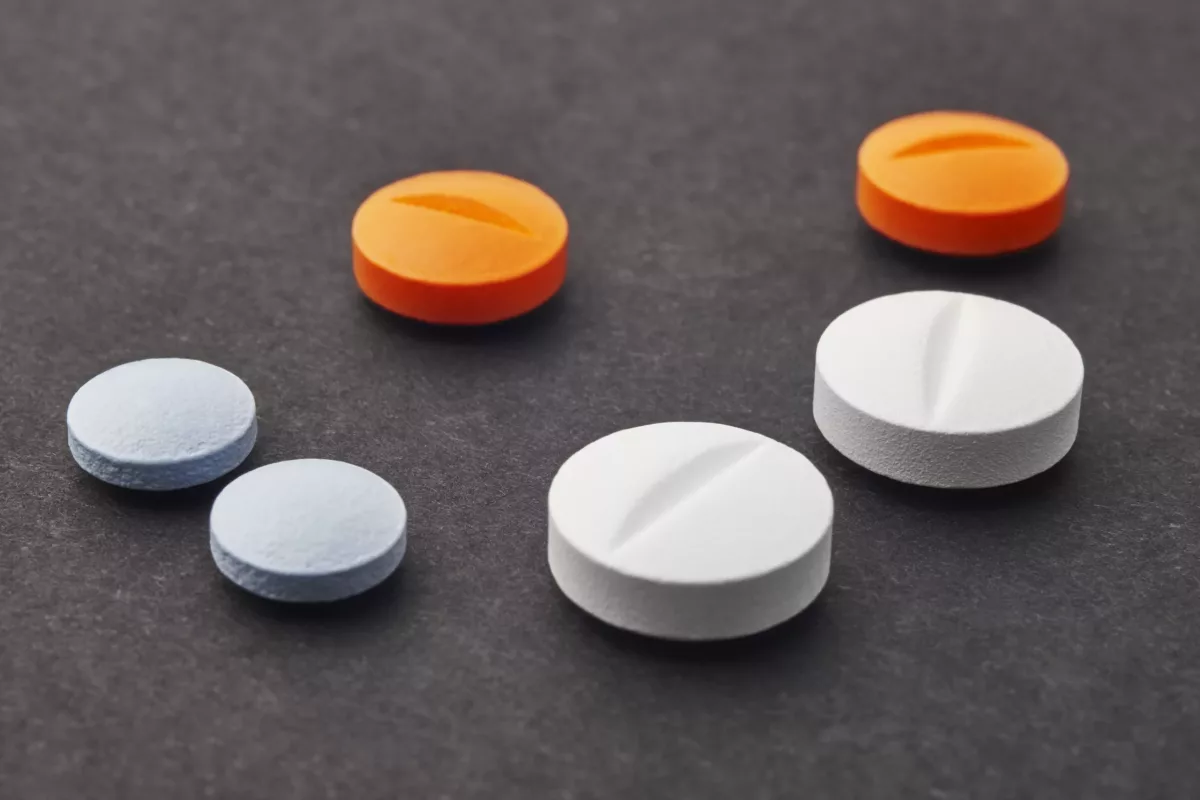A condition in which the body receives a large dose of radiation, usually in a short period, is called radiation sickness. The amount of radiation absorbed by the body is called absorbed dose, and it determines how severe the condition will be.
This condition is also called acute radiation syndrome or radiation poisoning. However, this illness is not a result of imaging tests that use low-dose radiation. These include CT (computerized tomography) scans, X-rays, and nuclear medicine scans.
While the condition is serious and frequently fatal, it happens quite rarely. Most cases of radiation sickness have happened after nuclear industrial accidents (such as the fire that damaged the nuclear power plant at Chernobyl, Ukraine).
Symptoms
The symptoms appear depending on the amount of radiation you receive and the source of radiation. Furthermore, the symptoms are also affected by the type of exposure (such as partial or total body). Additionally, the gastrointestinal system and bone marrow are very sensitive to radiation.
Usually, the first symptoms of treatable radiation sickness are nausea and vomiting. The time between exposure and first symptoms may indicate the severity of the condition. If you have absorbed high-dose radiation, you may experience more severe symptoms that usually start between a few minutes to several days. Check below for other radiation sickness symptoms:
- Diarrhea
- Headaches
- Fever
- Dizziness
- Confusion
- Weakness
- Extreme tiredness (fatigue)
- Hair loss
- Bloody vomit and stools
- Hypotension (low blood pressure)
- Infections
If you are overexposed to radiation, seek emergency medical care.
Causes
This health condition occurs when you are exposed to a high dose of radiation. The energy released from atoms as either a wave or a small particle of matter is called radiation. When this radiation causes damage or destroys cells in the body, it is considered you have radiation sickness. The most sensitive parts of the body are bone marrow cells and the lining of the intestinal tract.
Risk Factors
Check below some factors that significantly increase the risk of developing radiation sickness:
- Accidents or attacks at a nuclear industrial facility
- Small radioactive device
- An explosive device that contains radioactive material (also known as a dirty bomb)
- Nuclear weapons
What Are The Complications of Radiation Sickness?
People with this condition may experience either short-term or long-term mental health problems, including fear, anxiety, grief, and others. These effects are often caused by:
- A radioactive attack or accident
- Mourning family or friends who have not survived
- Dealing with the uncertainty of a potentially fatal health condition
- Concerns about an increased risk of cancer caused by exposure to radiation
How to Prevent Radiation Sickness?
When an event of radiation emergency happens, it is advised to listen to the radio or watch television to hear recommended protective actions. These actions depend on the situation, and you may need to stay in place or evacuate the region.
Stay in Place
Check some tips that may help if you should shelter in place:
- Make sure that all doors and windows are properly closed
- Turn off all devices that bring air from outside (such as air conditioners and heating units)
- Close fireplace dampers
- You should bring all pets indoors
- Stay tuned to the emergency network and local news
Evacuation
Follow carefully the instructions given by the local authorities and take the following supplies if you are advised to evacuate. For example:
- Credit cards and cash
- Extra clothes
- Manual can opener
- Sealed foods (including canned foods and bottled water)
- Medications
- First-aid kit
- Batteries
- Portable radio
- Flashlight
You should be aware that most emergency vehicles and shelters do not accept pets. So, you can take them only if you are driving your own car.
Diagnosis
If you experience known or portable exposure to high doses of radiation caused either by an attack or accident, medical personnel will perform some tests to determine the amount of absorbed radiation. It helps determine how serious the condition is and makes the best treatment plan for you. Check below some important information that helps determine an absorbed dose:
- Known exposure – This includes details about the distance from the radiation source and duration of exposure.
- Symptoms – Another factor that helps determine the amount of radiation you have absorbed is the time between exposure and first symptoms (such as nausea or vomiting).
- Blood tests – These tests are performed regularly, especially in the first days after exposure. It helps determine changes in the DNA of blood cells and white blood cells. Previous factors usually indicate damage to the bone marrow and help determine the amount of absorbed dose.
- Dosimeter – This is a specific device that is used to measure the absorbed dose. However, it works properly if the device is present at the same radiation event.
- Survey meter – Usually, doctors use a Geiger counter to identify the exact location of radioactive particles in the body.
- Type of radiation
Treatment
The goal of the treatment is to prevent further radioactive contamination and prevent life-threatening complications (such as burns, trauma, and others).
Decontamination
This procedure is done to remove external radioactive particles. Getting off clothing and shoes usually eliminates approximately 90% of external contamination. Thereafter, you should wash thoroughly with water and soap radioactive particles that may remain on the skin.
Decontamination is very important as it helps prevent radioactive particles from spreading more and reduces the risk of internal contamination from inhalation, ingestion, or open wounds.
Treatment for Bone Marrow
A damaged bone marrow is often treated with a protein known as granulocyte colony-stimulating factor. It provides growth of white blood cells that reduces the effect of radiation sickness on the bone marrow. Thus, this treatment includes Filgrastim, Sargramostim, and Pegfilgrastim. This treatment also helps prevent infections.
In severe cases, doctors may recommend blood transfusions to deliver red blood cells and platelets faster.
Internal Contamination
There are some treatments used to lessen damage to the internal organs. Almost everyone who was exposed to radiation should get the following treatments. For example:
- Potassium iodide – This is a form of iodine that is essential for proper thyroid function. People who are exposed to high doses of radiation get rid of radiation from the body that is absorbed by the thyroid gland and eliminated through urine. This iodine form is the most effective if taken a day before exposure.
- Prussian blue – This is a type of dye that helps bind radioactive particles called cesium and thallium. Thereafter, these radioactive particles are removed from the body through the stools. Prussian blue helps eliminate radioactive substances from the body faster.
- Diethylenetriamine pentaacetic acid (DTPA) – This is a specific substance that binds to metals and particles of radioactive elements, including americium, curium, and plutonium. Thereafter, these dangerous particles are removed through urine.
In addition, doctors may prescribe some medicines to prevent certain complications of radiation sickness. These include bacterial infections, headaches, fever, diarrhea, nausea, vomiting, dehydration, burns, sores or ulcers, and others.
Frequently Asked Questions
What are the 4 stages of radiation sickness?
Usually, this condition advances through the following 4 stages. For example, prodromal, latent, manifest illness, and either recovery or death.
What are the symptoms of radiation sickness?
These include:
- Skin changes
- Dizziness
- Headaches
- Diarrhea
- Nausea
- Vomiting
- Weakness
- Extreme tiredness (fatigue)
If you are exposed to radiation and experience any of the previous symptoms, seek emergency medical care.
What is the survival rate after radiation?
Generally, the 10-year survival rate is about 79% for low-risk (n=120), 60% for intermediate-risk (n=430), and 56% for high-risk patients (n=986). Ask your healthcare provider if you have additional questions.




